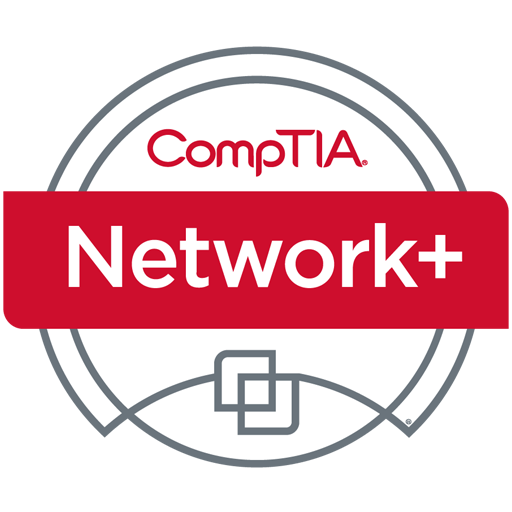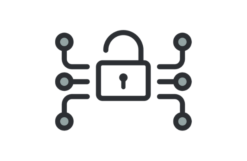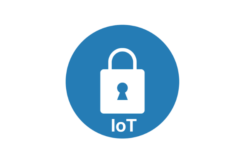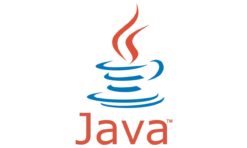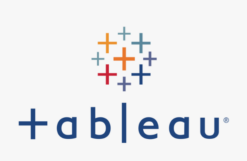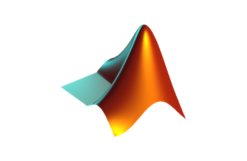Duration: 5 days – 35 hrs
Overview
The CompTIA Network+ Training Course is designed to enhance your existing knowledge and experience with personal computer operating systems and networks. This course provides a comprehensive foundation in networking skills and concepts necessary for various networking careers. Whether you are starting your career in networking or seeking to expand your skills, this course will equip you with the fundamental knowledge needed to excel in the field.
Objectives
- Identify basic network theory concepts and major network communications methods.
- Describe bounded network media.
- Describe unbounded network media.
- Identify the major types of network implementations.
- Identify TCP/IP addressing and data delivery methods.
- Analyze routing and switching technologies.
- Identify the components of a TCP/IP implementation.
- Analyze network security.
- Implement network security.
- Identify the components of a WAN implementation.
- Identify the components used in cloud computing and virtualization.
- Identify the components of a remote network implementation.
- Manage networks.
- Troubleshoot network issues.
Audience
- Individuals aspiring to enter the field of networking
- IT professionals seeking to enhance their networking skills and advance their careers
- Students pursuing a degree or certification in IT or networking
- Network administrators, technicians, and support personnel
Pre- requisites
- To ensure your success in this course, you will need basic Windows end-user computer skills.
Course Content
Module 1: Network Theory
- Network Types
- Network Standards and the OSI Model
- Data Transmission Methods
Module 2: Bounded Network Media
- Copper Media
- Fiber Optic Media
- Bounded Network Media Installation
- Software defined Network
- Cloud Networking
Module 3: Unbounded Network Media
- Wireless Networking
- Wireless Network Devices and Components
- Implement Wireless Technology
- Internet of Things
Module 4: Network Implementations
- Physical Network Topologies
- Logical Network Topologies
- Ethernet Networks
- Network Devices
Module 5: TCP/IP Addressing and Data Delivery
- The TCP/IP Protocol Suite
- IPv4 Addressing
- Default IP Addressing Schemes
- Create Custom IP Addressing Schemes
- IPv6 Addressing
- OSI Model
Module 6: Routing and Switching
- Switching
- Network Packet Routing
- Static and Dynamic IP Routing
- VLANs
Module 7: TCP/IP Implementation
- Configure IP Addresses
- Naming Services
- TC;P/IP Utilities
- Common TCP/IP Protocols
Module 8: TCP/IP Implementation
- Introduction to Network Security
- Network Security Policies
- Physical Security
- Common Network Attacks
Module 9: Network Security Implementation
- Authentication
- Access Control
- Port, Service, and Protocol Security
- Wireless Network Security
- Patches and Updates
- Mitigation Techniques
Module 10: WAN Infrastructure
- WAN Basics
- WAN Connectivity Methods
- WAN Transmission Technologies
- VoIP
Module 11: Cloud and Virtualization Techniques
- Virtualization Technologies
- Network Storage Technologies
- Cloud Computing
Module 12: Remote Networking
- Remote Network Architectures
- Remote Access Network Implementations
- Virtual Private Networking
Module 13: Network Management
- Monitor Networks
- Document the Network
- Establish Baselines
- Optimize Network Performance
- Ensure Business Continuity
Module 14: Troubleshooting Network Issues
- Network Troubleshooting Methodology
- Network Troubleshooting Tools
- Troubleshoot Wired Connectivity and Performance Issues
- Troubleshoot Wireless Connectivity and Performance Issues
- Troubleshoot Network Service Issues


